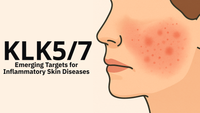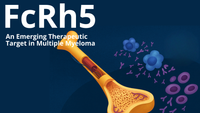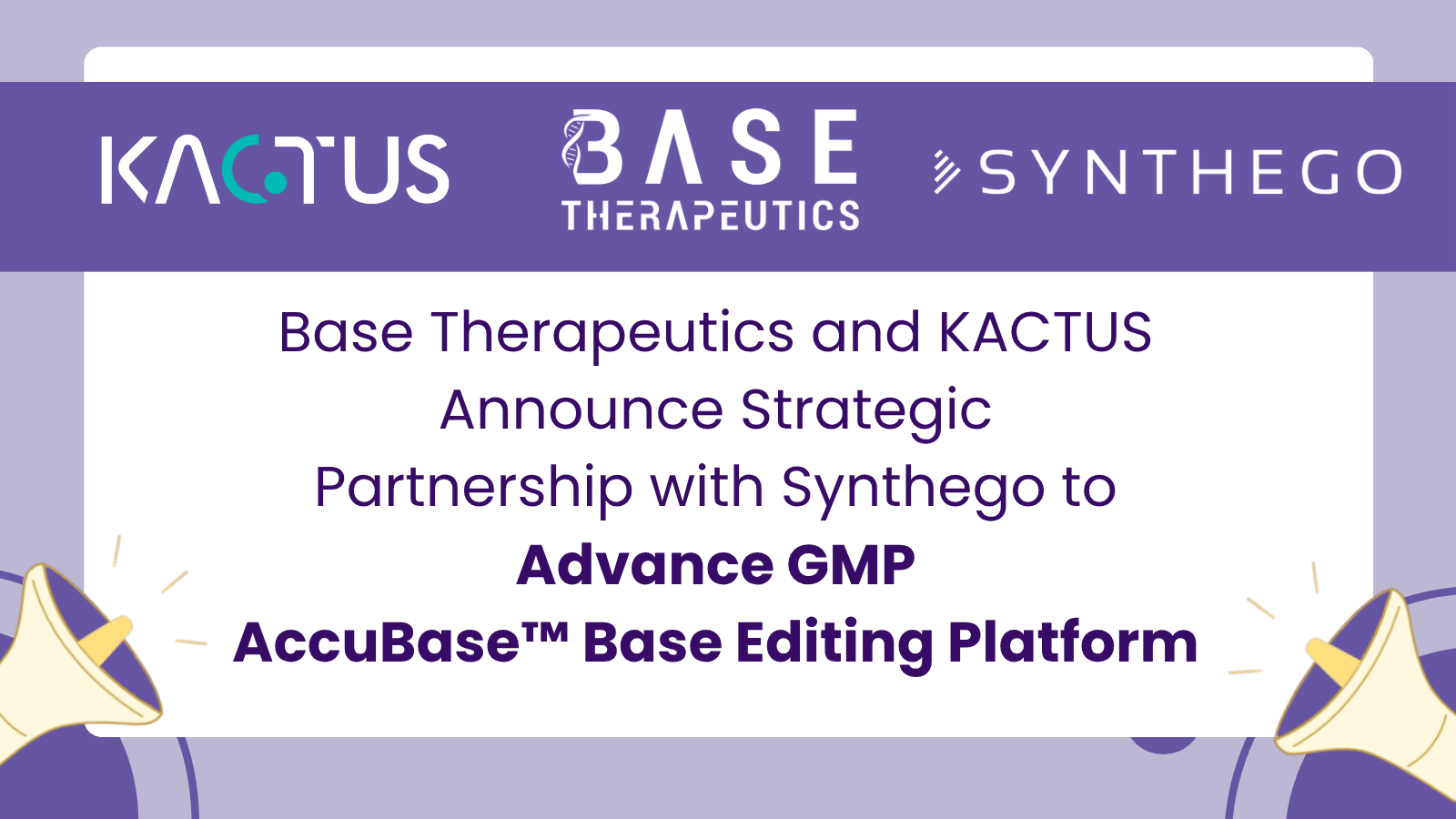New target for colorectal cancer: GPA33
By Mallory Griffin
Colorectal cancer (CRC) is the third most common tumor and the most common tumor of the digestive system. With the advancement of medical intervention, treatment for colorectal cancer has greatly improved, but there are still patients who are insensitive to drugs or prone to reccurance. Therefore, it is still necessary to seek new and effective therapeutics.
GPA33
GPA33 (A33 for short) is a cell surface transmembrane antigen glycoprotein. It belongs to the immunoglobulin superfamily, participates in intercellular adhesion, and is related to immune disorders. GPA33 is tissue-specifically expressed on the basolateral surface of normal human and mouse colon and small intestinal epithelium, but not in normal gastric epithelium. However, it is significantly overexpressed in more than 95% of human primary and metastatic CRCs and 55% of gastric cancers.

Figure 1. GPA33 structure [1, 2].
GPA33 has received increasing attention in recent years and is a very attractive target for immunotherapy of gastrointestinal tumors, especially colorectal cancer. As an immune marker of CRC, GPA33 has similar sensitivity to caudal type homeobox 2 (CDX2), but is more specific [3], and may be more suitable as a diagnostic or therapeutic target for CRC.
Therapeutic drugs targeting GPA33
GPA33-targeted drugs that have entered the clinic include KRN330 and MGD007. KRN330 is a GPA33 fully human monoclonal antibody developed by Kyowa Kirin. It was in Phase I/II clinical trials in combination with Irinotecan for the treatment of metastatic colorectal cancer (mCRC), but it was terminated in 2015 because it failed to reach the preset ORR. MGD007 is a dual antibody targeting GPA33 and CD3, developed by MacroGenics. Combined with the PD-1 inhibitor MGA012, it has completed Phase Ib/II clinical trial for relapsed or refractory metastatic CRC. MGD007 is a DART protein with Fc. The fusion of Fc fragments prolongs the residence time of MGD007 in serum and redirects T cells to GPA33-positive colon cancer cells, mediating the effective lysis of cancer cells.

Figure 2. MGD007 design [4].
Some studies have pointed out that the clinical effect of GPA33 antibody drugs is not completely satisfactory, which may be due to the high heterogeneity of GPA33 expression. Correct differentiation of GPA33-positive well-differentiated tumors before clinical treatment may improve treatment outcomes [5]. Although antibody drugs present challenges, enthusiasm for exploring GPA33 has increased. For example, the radioactive antibody drug 131I-huA33 developed by the Ludwig Institute for Cancer Research, combined with Capecitabine, has completed Phase I trial for metastatic CRC with demonstrated potential. Additionally, pre-targeted radioimmunotherapy (PRIT) is being tested on GPA33 antibody drugs. PRIT is a step-by-step dosing strategy where the time of radionuclide administration is delayed (hours to days), so that the radioligand and monoclonal antibody conjugate have time to accumulate in the tumor to improve the efficiency of targeted therapy [6].
In addition, studies have reported that GPA33 can be used as a marker to identify thymus-derived Treg cells (tTreg). tTreg cells with high GPA33 expression do not produce inflammatory factors, providing support for adoptive tTreg cell therapy for CRC [7].
Immunotherapy for colorectal cancer has developed particularly rapidly in recent years. It has gradually shifted from the previous back-line assistance to the front-line, and from immune checkpoint inhibitors to cell therapy, the therapeutic targets and treatment methods have gradually been enriched. With the increase of research around GPA33, improved drugs will continue to come out in the future. KACTUS maintains a high degree of attention to tumor immunotherapy. Based on our understanding of GPA33, we have developed high-quality GPA33 recombinant antigen protein products, which are suitable for multiple applications such as immunization and screening of GPA33 drugs, and preclinical method development and verification, and immunotherapy development.
Product Data

Figure 3. Anti-GPA33 Antibody, hFc Tag captured on CM5 Chip via Protein A can bind Human GPA33, His Tag with an affinity constant of 0.69 nM as determined by SPR assay (Biacore T200).

Figure 4. Immobilized Human GPA33, His Tag at 1μg/mL (100μL/well) on the plate. Dose response curve for Anti-GPA33 Antibody, hFc Tag with the EC50 of 10.6ng/mL determined by ELISA.

Figure 5. Immobilized Anti-GPA33 Antibody, hFc Tag at 0.5μg/mL (100μL/well) on the plate. Dose response curve for Biotinylated Human GPA33, His Tag with an EC50 of 11.0ng/mL determined by ELISA.
Product List
References
[1] https://atlasgeneticsoncology.org/gene/40735/
[2] https://www.uniprot.org/uniprotkb/Q99795/
[3] Wong NACS, Adamczyk LA, Evans S, Cullen J, Oniscu A, Oien KA. A33 shows similar sensitivity to but is more specific than CDX2 as an immunomarker of colorectal carcinoma. Histopathology. 2017 Jul;71(1):34-41.
[4] Moore PA, Shah K, Yang Y, Alderson R, Roberts P, Long V, Liu D, Li JC, Burke S, Ciccarone V, Li H, Fieger CB, Hooley J, Easton A, Licea M, Gorlatov S, King KL, Young P, Adami A, Loo D, Chichili GR, Liu L, Smith DH, Brown JG, Chen FZ, Koenig S, Mather J, Bonvini E, Johnson S. Development of MGD007, a gpA33 x CD3-Bispecific DART Protein for T-Cell Immunotherapy of Metastatic Colorectal Cancer. Mol Cancer Ther. 2018 Aug;17(8):1761-1772.
[5] Baptistella AR, Salles Dias MV, Aguiar S Jr, Begnami MD, Martins VR. Heterogeneous expression of A33 in colorectal cancer: possible explanation for A33 antibody treatment failure. Anticancer Drugs. 2016 Sep;27(8):734-7.
[6] Article: Establishment of efficacy of DOTA-based pretargeted radioimmunotherapy with a bivalent radiohapten for enhanced therapeutic indices.
[7] Opstelten R, de Kivit S, Slot MC, van den Biggelaar M, Iwaszkiewicz-Grześ D, Gliwiński M, Scott AM, Blom B, Trzonkowski P, Borst J, Cuadrado E, Amsen D. GPA33: A Marker to Identify Stable Human Regulatory T Cells. J Immunol. 2020 Jun 15;204(12):3139-3148.













